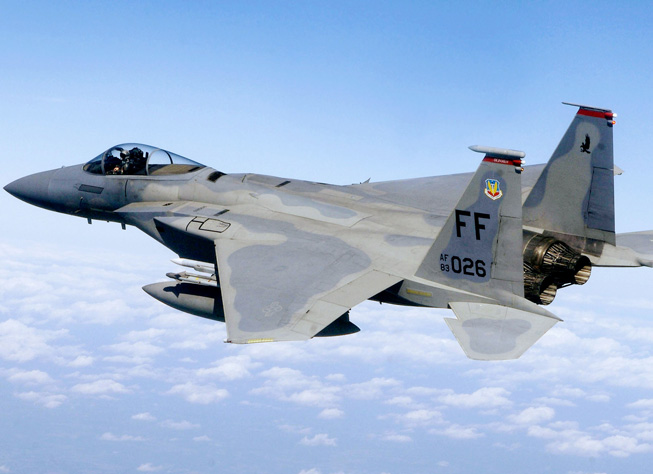New materials that perform better than previous ones or with unprecedented properties open pathways to new and improved technologies. F-15 and F-16 fighter aircraft, still in use by the U.S. Air Force today, owe much of their performance advancements to materials technologies that emerged from DARPA materials development programs conducted in the 1970s and early 1980s.
One of many notable successes from these efforts was the development of rare-earth permanent magnets with magnetic strengths far stronger than conventional magnetic materials and, in some cases, over larger operational conditions.
The samarium- and cobalt-based rare-earth magnetic material Sm2Co17, for example, remains reliable over the entire militarily relevant temperature range of -55°C to 125°C.
These magnets ultimately assumed a role in a key component of the AN/ALQ-135 electronic warfare system, permitting operation of the F-15 to 70,000 feet in altitude.
